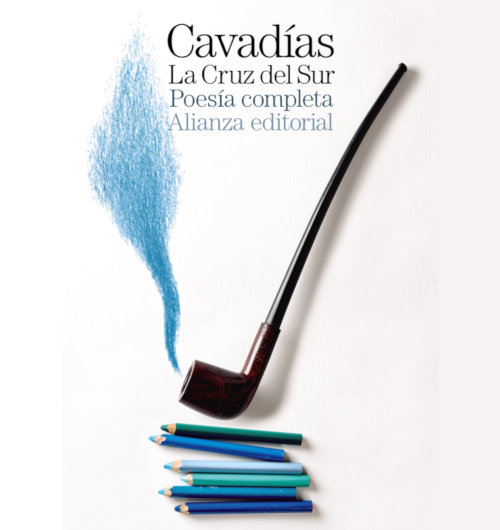In Kathmandu
The Nepal International Indigenous Film Festival opens tomorrow. Here's the website and schedule.
Screenings will be at Bhrikutimandap - the Nepal Tourism Board hall and the City Hall, across the road from one another. (I think it's also called Pradarshini or Exhibition Road.) Films run through Sunday, May 31.
Admission is a refreshing 30NRs (about fifty cents) with a discount for card-carrying students.
I'm looking forward to entries about the Lepcha (the original peoples of Sikkim) and the Saami of "Lapland," said to be the last Caucasian peoples living a tribal lifestyle.
Wonder if I can crash the opening ceremony ("for invited guests only")?
Linya Homestay at Aalo: Traditional Galo Tribal Home Experience
-
[image: Linya homestay located on the banks of the Sipu river and
surrounded by dense forests]
A holiday in Arunachal Pradesh is special in many ways. T...
1 week ago














3 comments:
I used to live in Sami heartlands , now I live on the southern fringes , some threree hundred klicks south of the Arctic Circle. The two smallest prgrams in my high schools (feel free to guess which one I attended ) was the classical humanist program and the reindeer husbandry program. Had a coworker that shared his time working as a temp in the psychiatry ward and tending the (other ) herd. The Sapmi mix much of their life today in the same way , working from snow mobiles in coveralls with traditional belt and knife on top , nylon lassos with with the carved loop thingy from horn at the end. The specially combed marsh grass used to stuff the boots (and which I use to dry them up ) is today braided in to seats for the snow mobiles , equally warm as the reindeer skins and better at dampening vibration.
There are a lot situations that gives uou an eerie deja vu feeling coming from a Sapmi environment to Tibetans , a similar taste for colors , an clothes resembling each other : the Sapmi kolt is basically a sewn together Tibetan coat , shorter as not to impede skiing. The first time in a "Tibetan" house I stretched up my hand in to the darkeness to find the kife , smoked meat and tea in the same place , and the mother in the family directing the rest of the family in the same way.
Music also hits a common nerve , both being rooted in shamanistic tradition. Try Mari Boine on You Tube , one of the few things that have worked for me sharing with Tibetans.
The attitudes from the majority culture work in similar fashion too : at present there is an embittered fight being waged over the land rights between "the Swedes " (expression used witout any irony) and the Sapmi herders , which centers on what happened in the 17th century here : the state collected taxes from the Sapmi as land users/owners .. and then proclimed that the land was wilderness , free for the taking. This turns archaelogy in to a battle field , as nhundreds of settlements turn up with a minmum of work in the same "wilderness". Samme attitude at work in the Himalayas - see for example how most assume that the Manali-Leh road was a vacuum before the Indian army arrived in the eighties.
The Sapmi would be surprised describes as Caucasians , btw , : the language group is Fenno-Ugrian (Finnish , Sami , Hungarian and a few others ) . Some have tried to create a link btween them and the Ainu in Japan : so far it hasn´t worked out better than the Hungarian Czoma de Köros who spent may years (and winters !) in among other places Zanskar trying to prove a common heritage between Hungarian and Tibetan.
This is SO cool, can I repost it as a guest blog?? Thanks.
Lost track of this thread , I've been on the road , just returned from DL's teachings in Kaza . Feel free to repost/rehash in any way.
vistet
Post a Comment